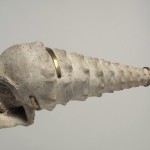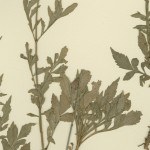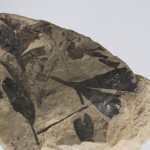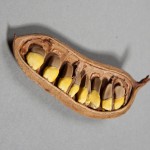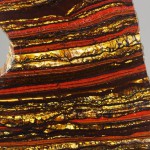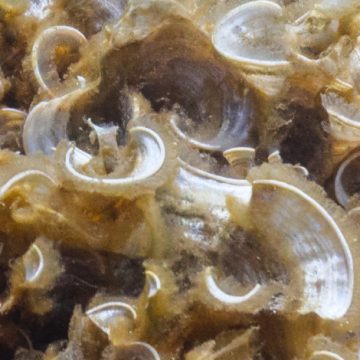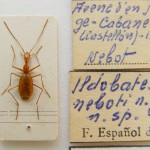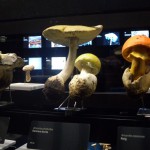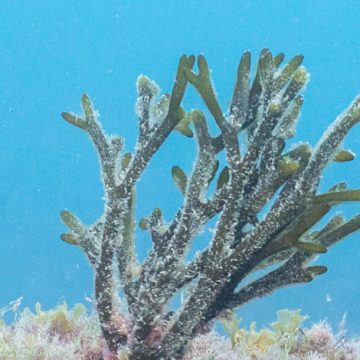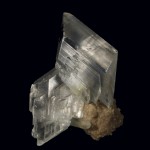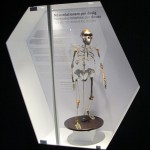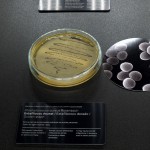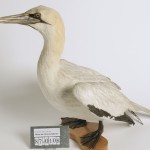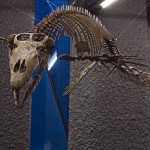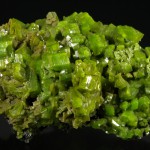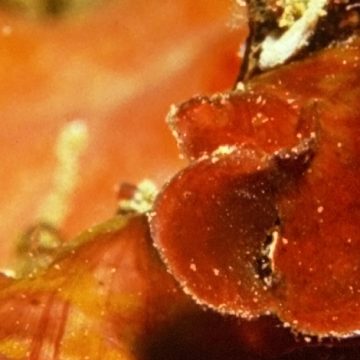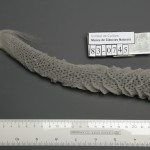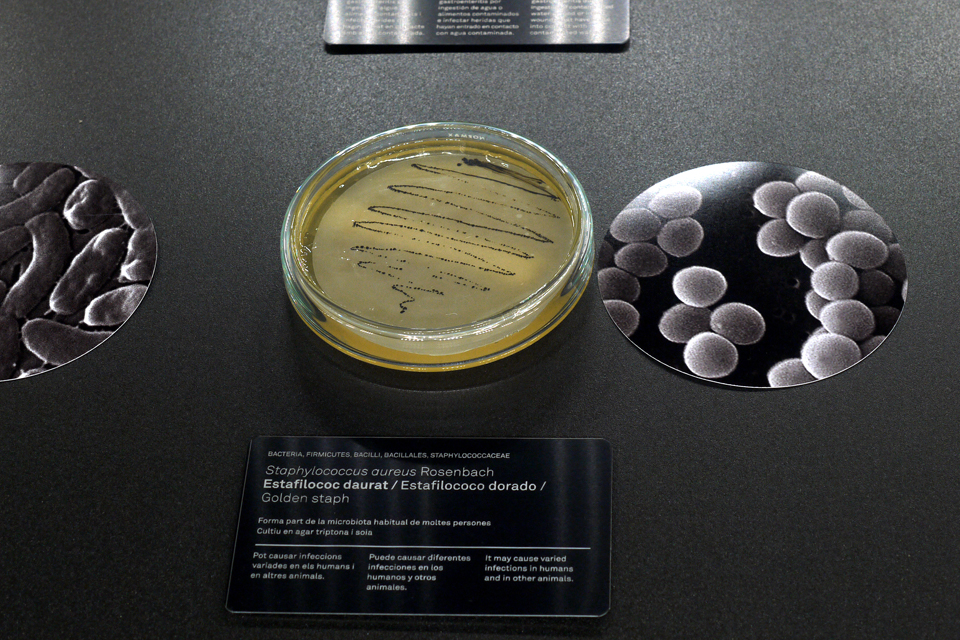
Invisible to the naked eye, you will find stabilised colonies of microbes in this display case, located in the section devoted to the world of microbes in the ‘Earth Today’ exhibition, making them visible and easy to distinguish.
The very small size of microbes and the fact that they have a short generation time makes them highly suitable for studying in laboratories, not as individual entities, but by taking whole populations as the unit of study. Many species of microbes live together in natural environments, such as water, soil or the human body.
Did you know that…
… in a bacterial culture there may be between 10 million and 100 million bacteria per millimetre?
Each dot that appears in the Petri dish is a bacterial colony made up of cells that all come from an initial single cell that has reproduced again and again.

